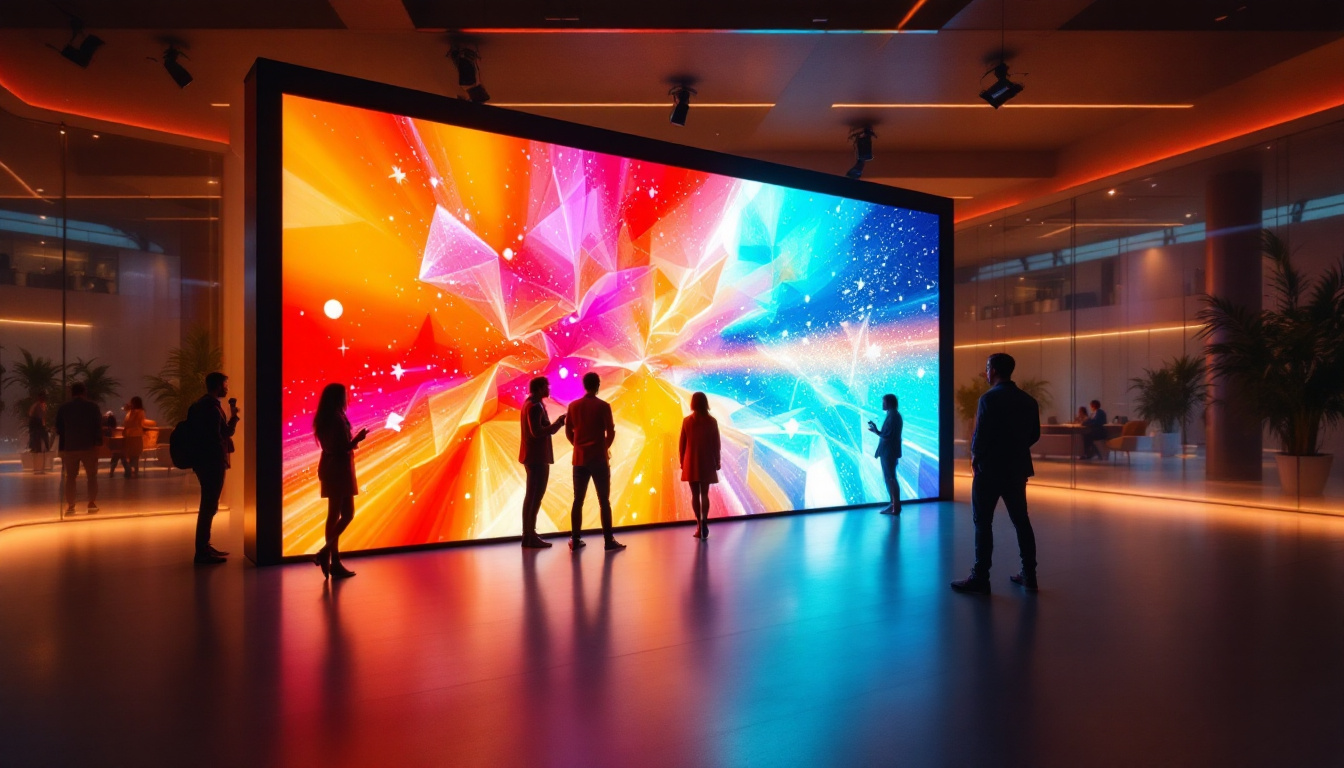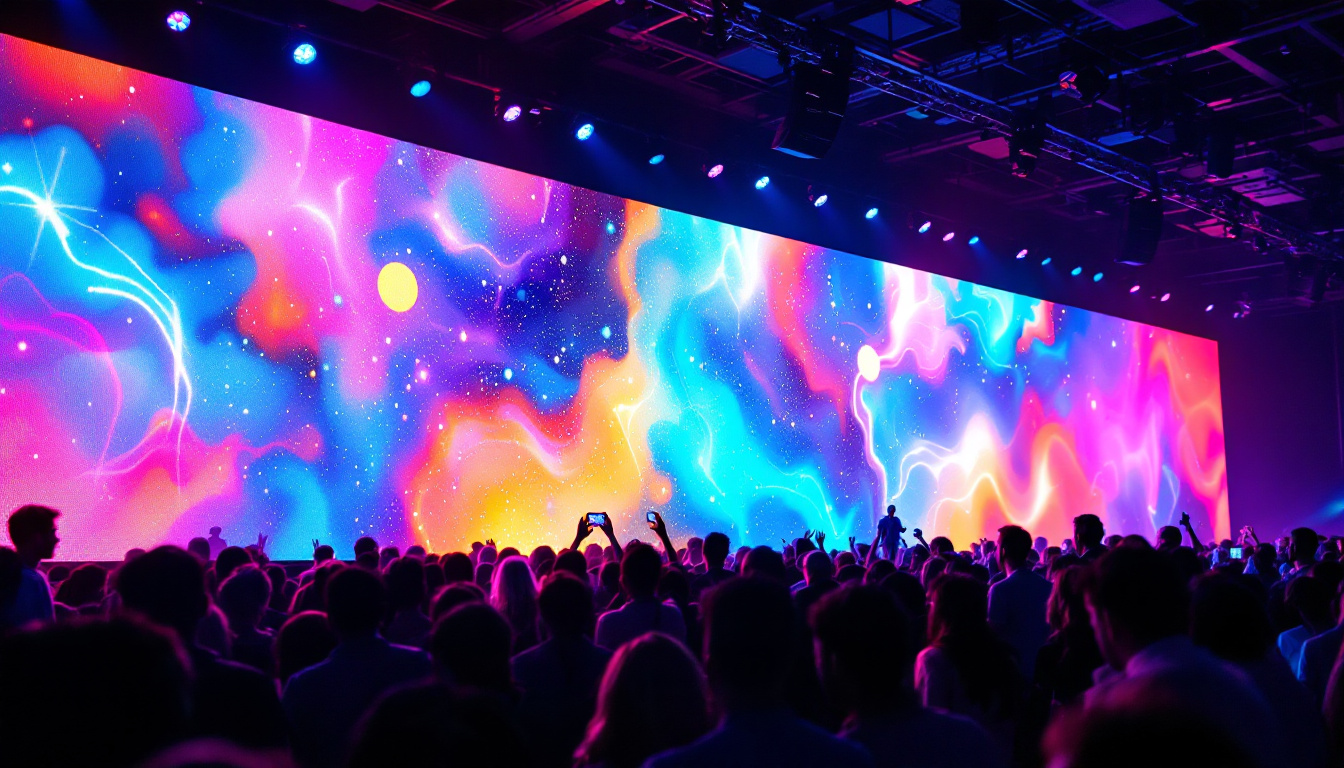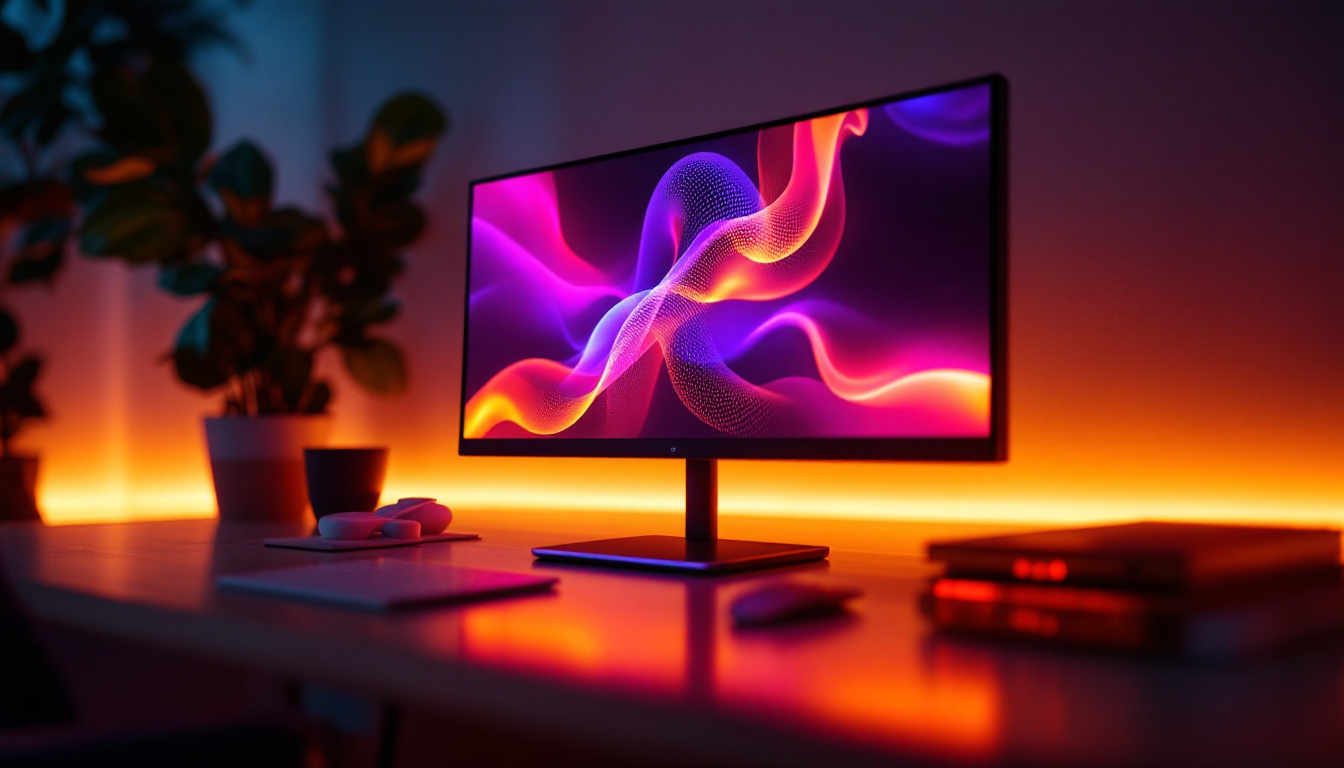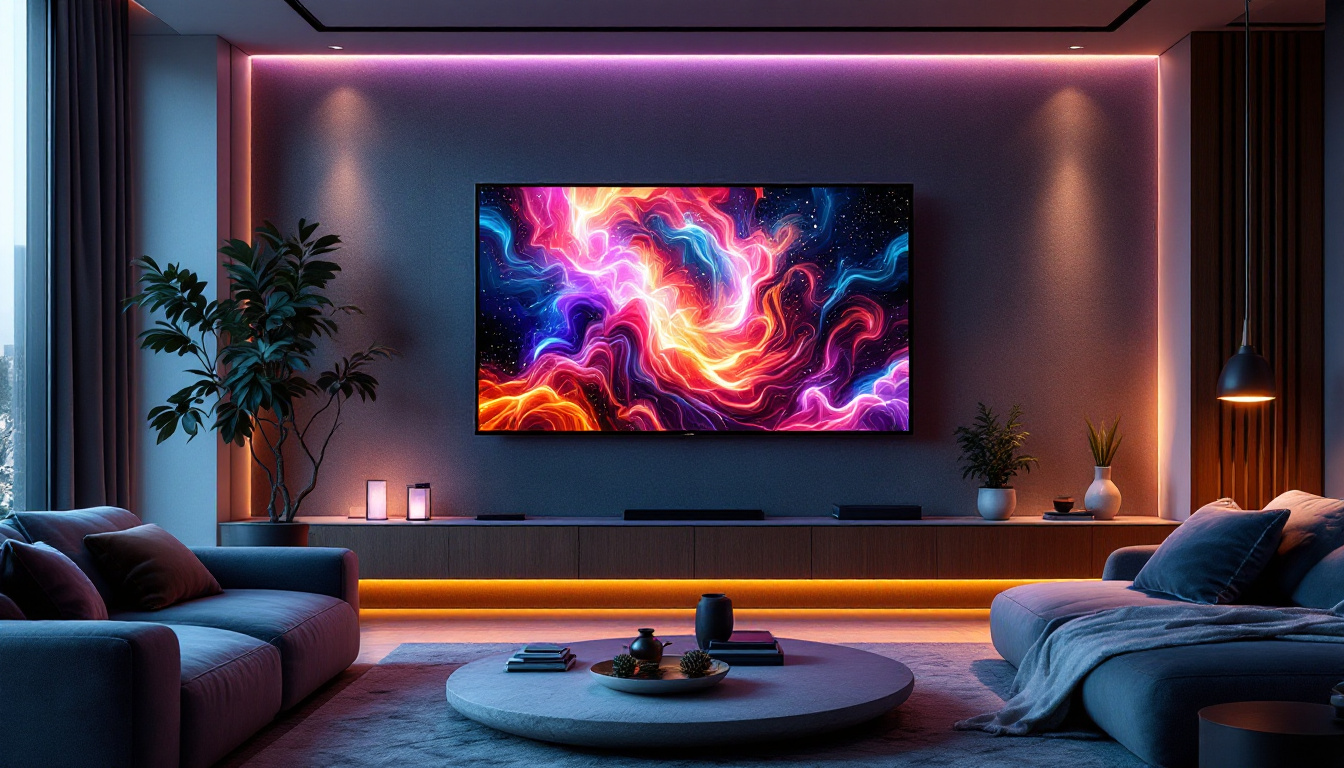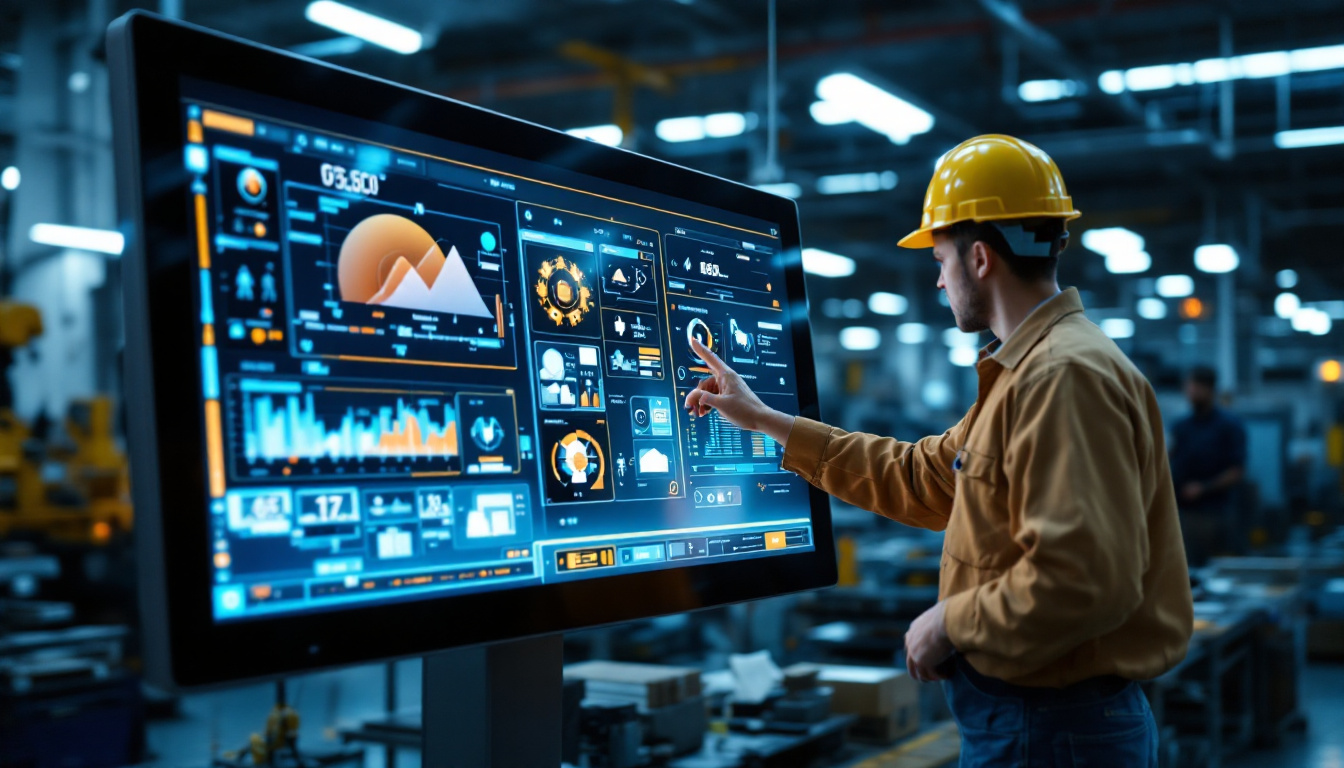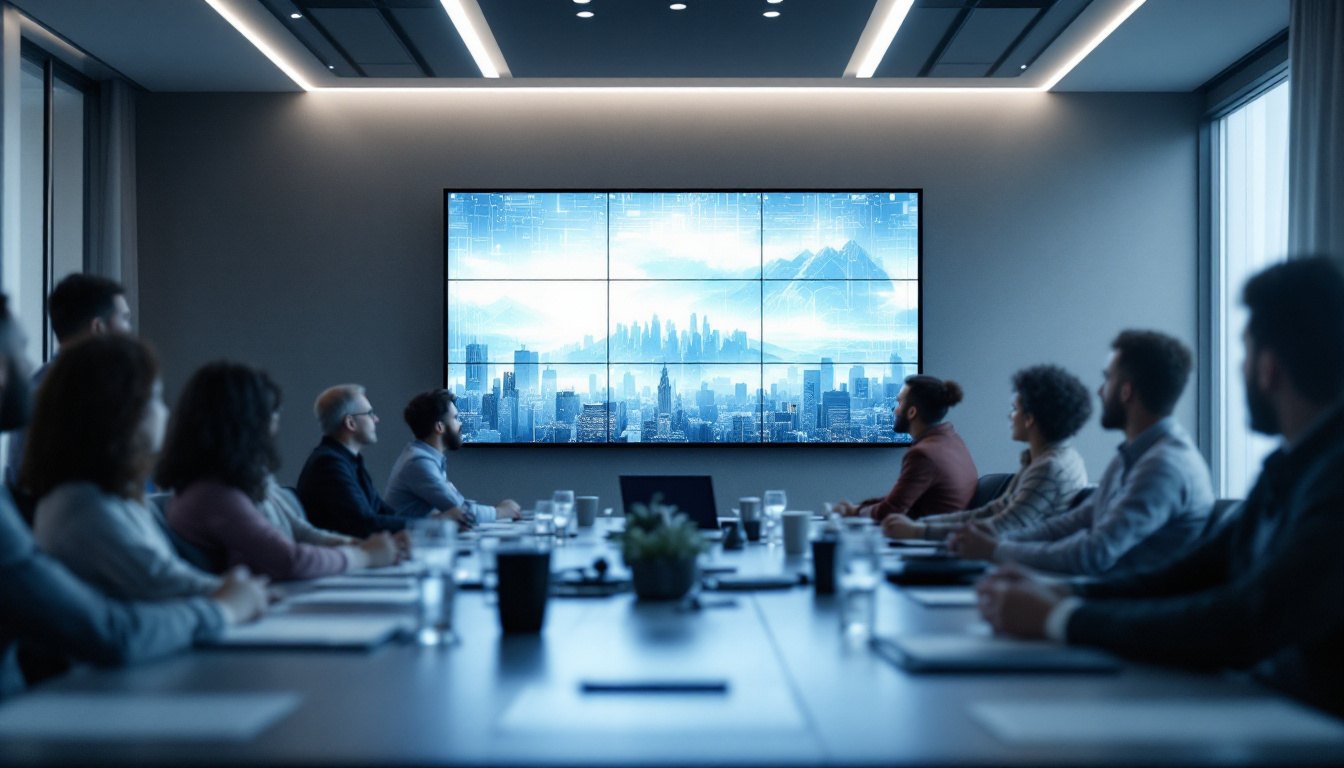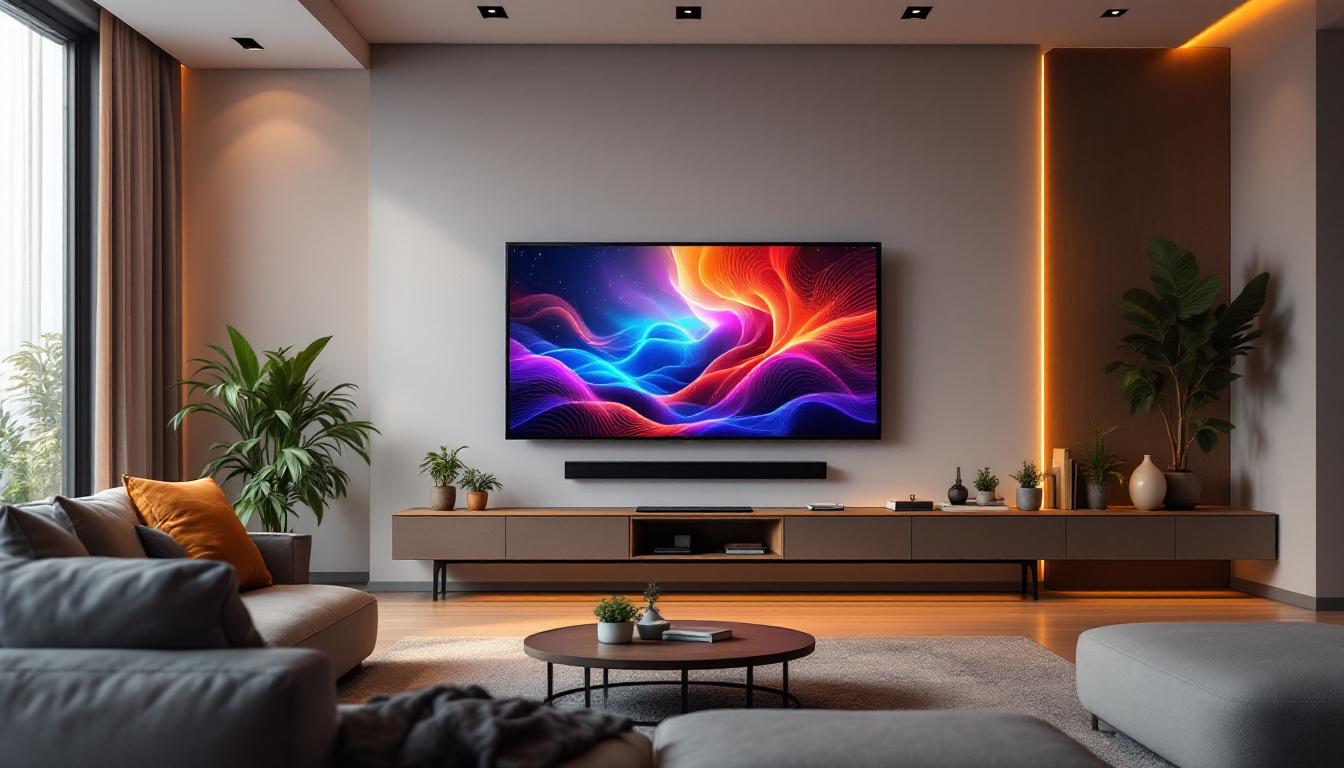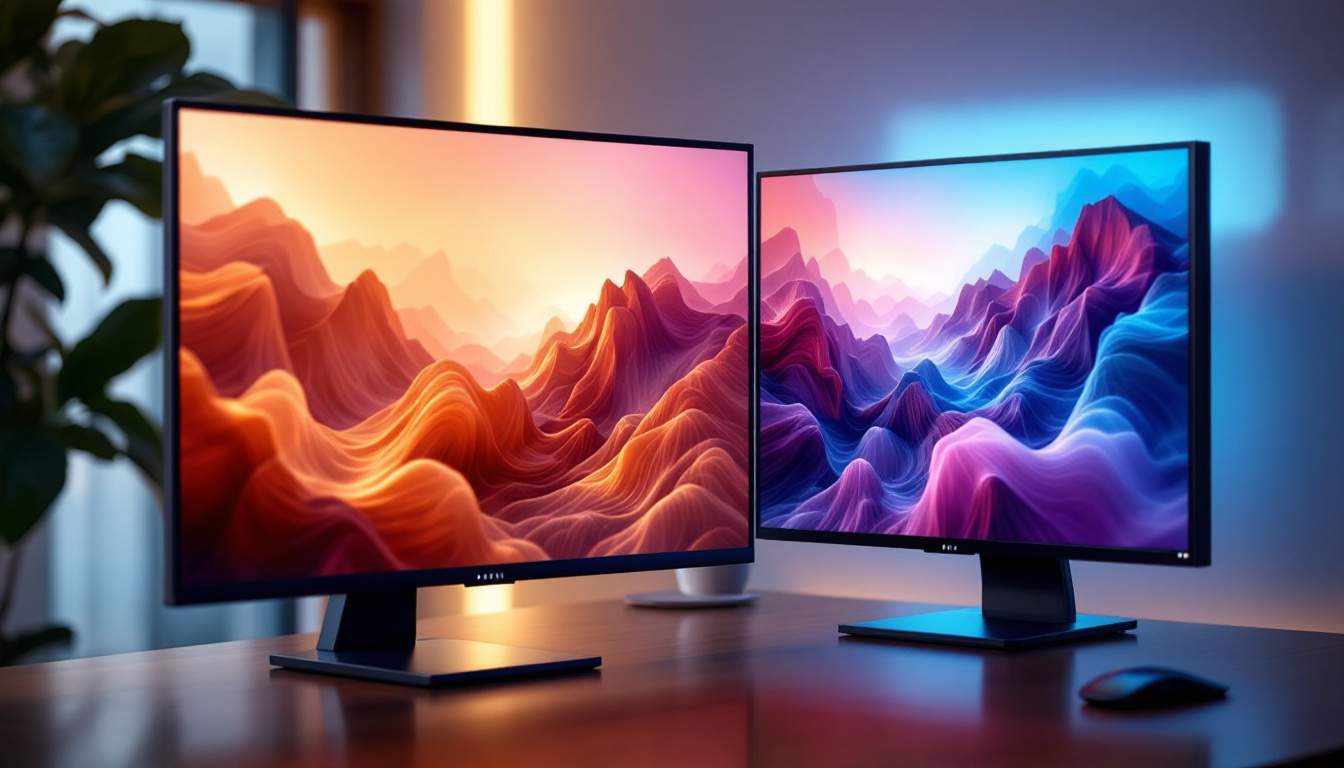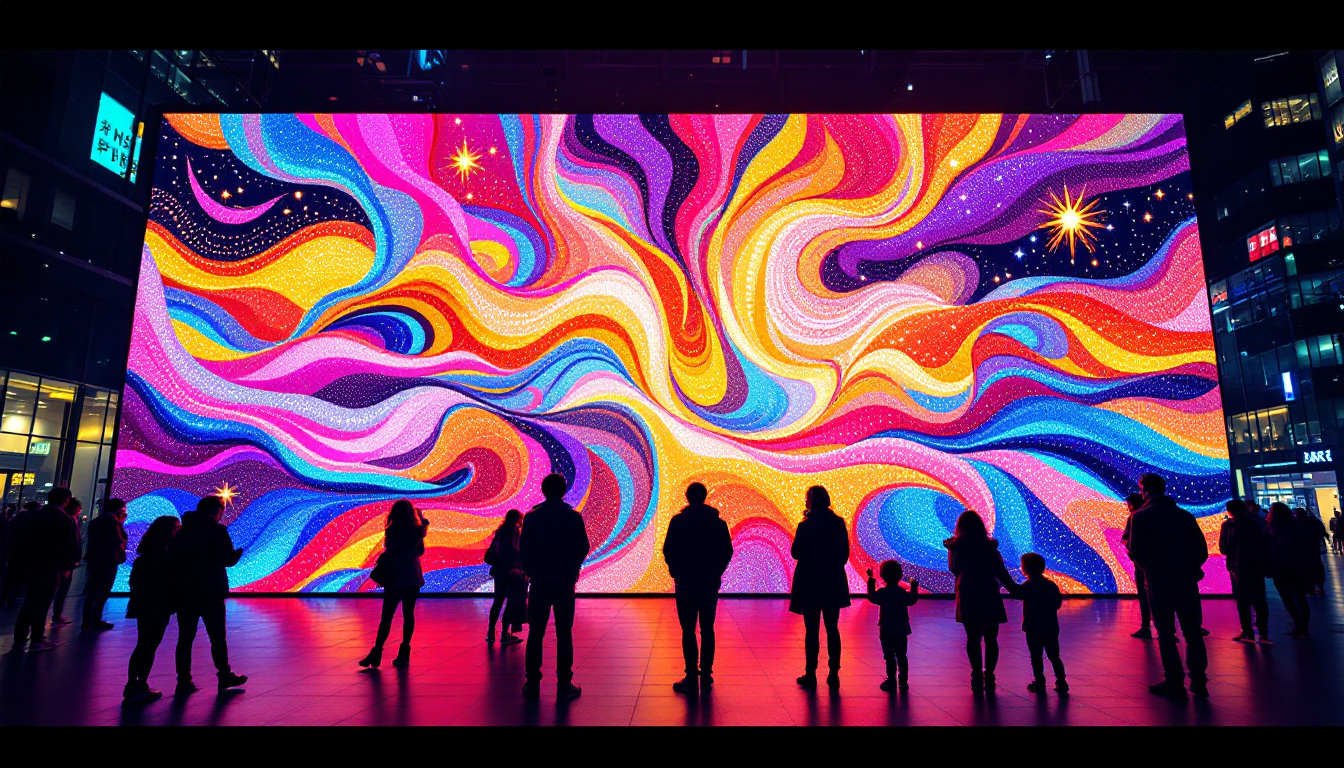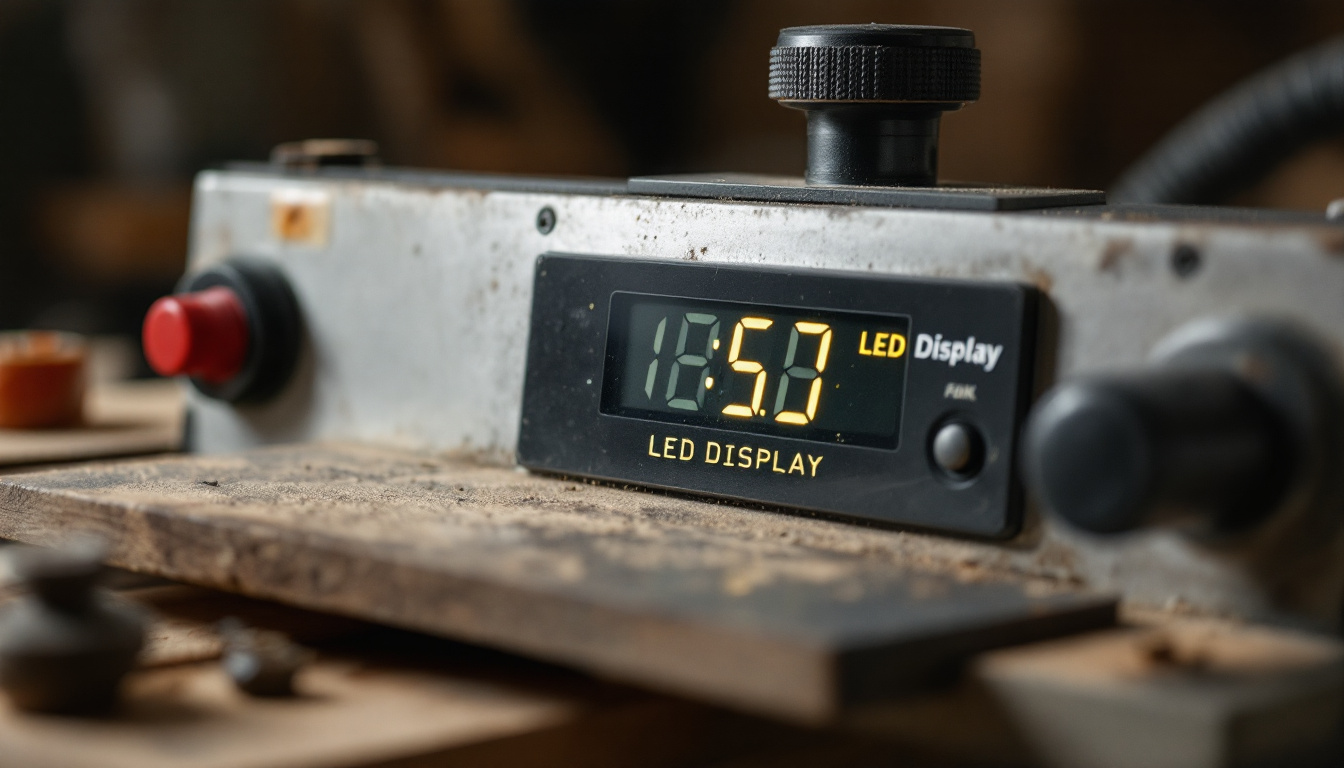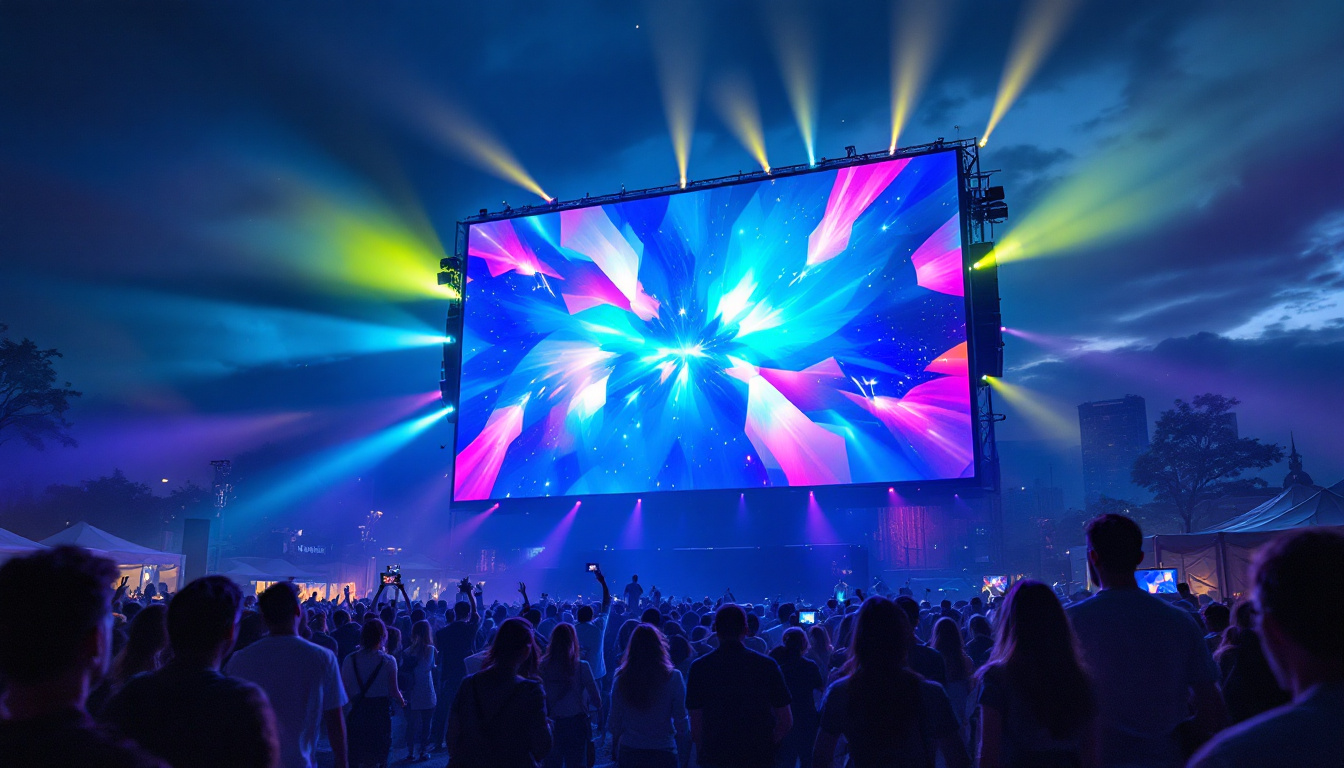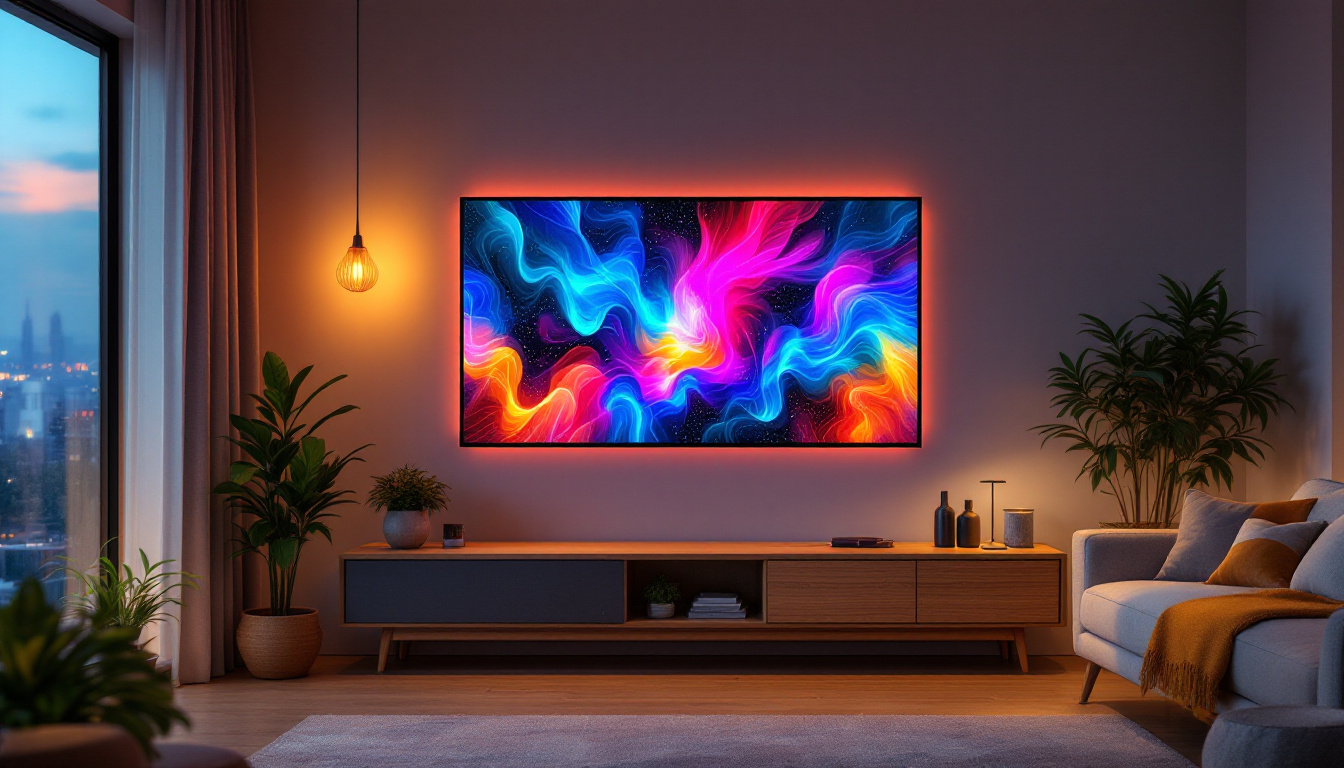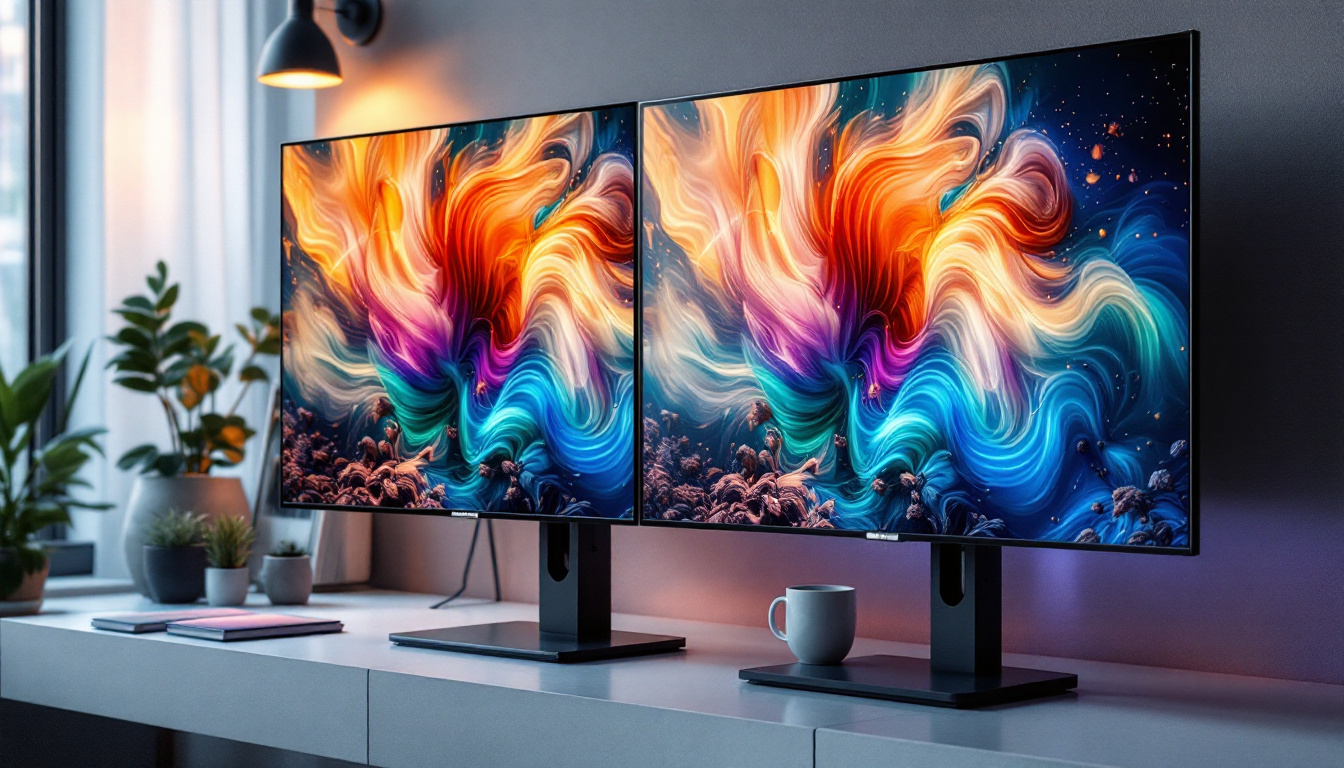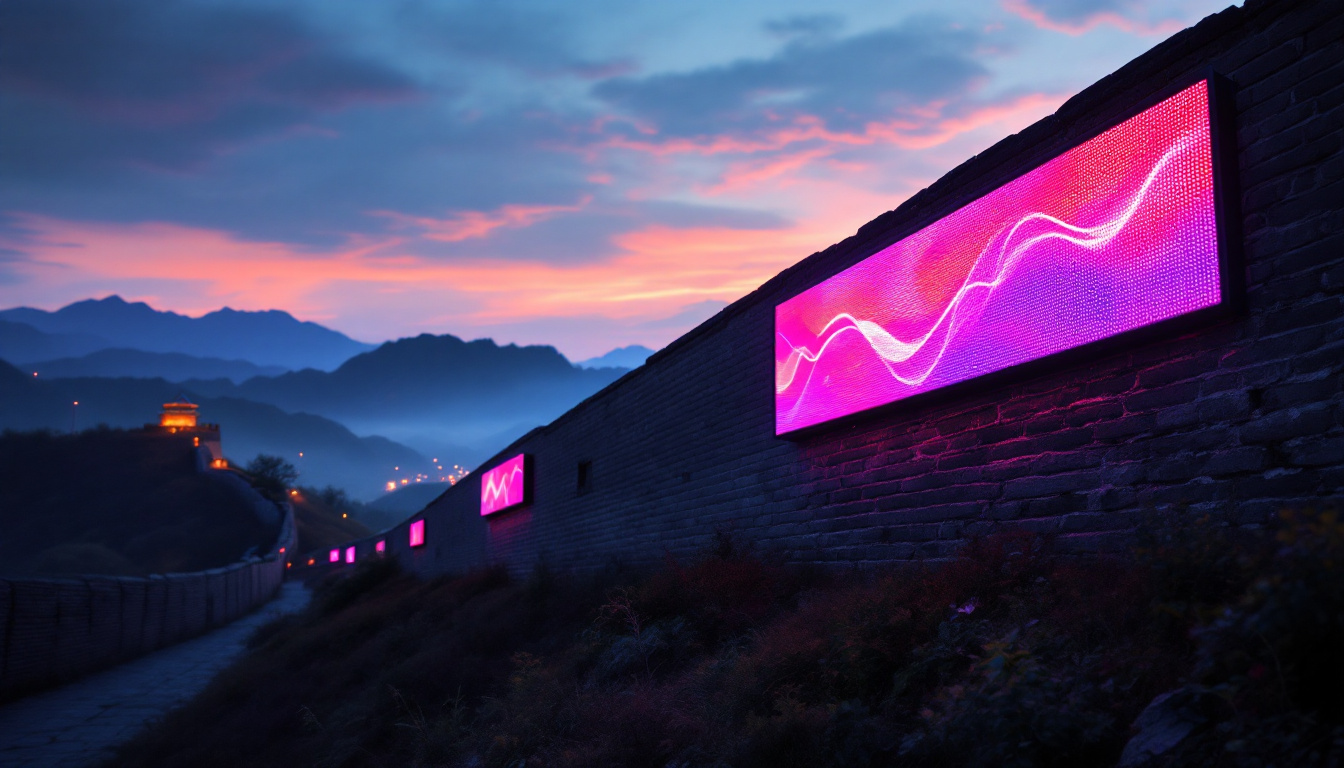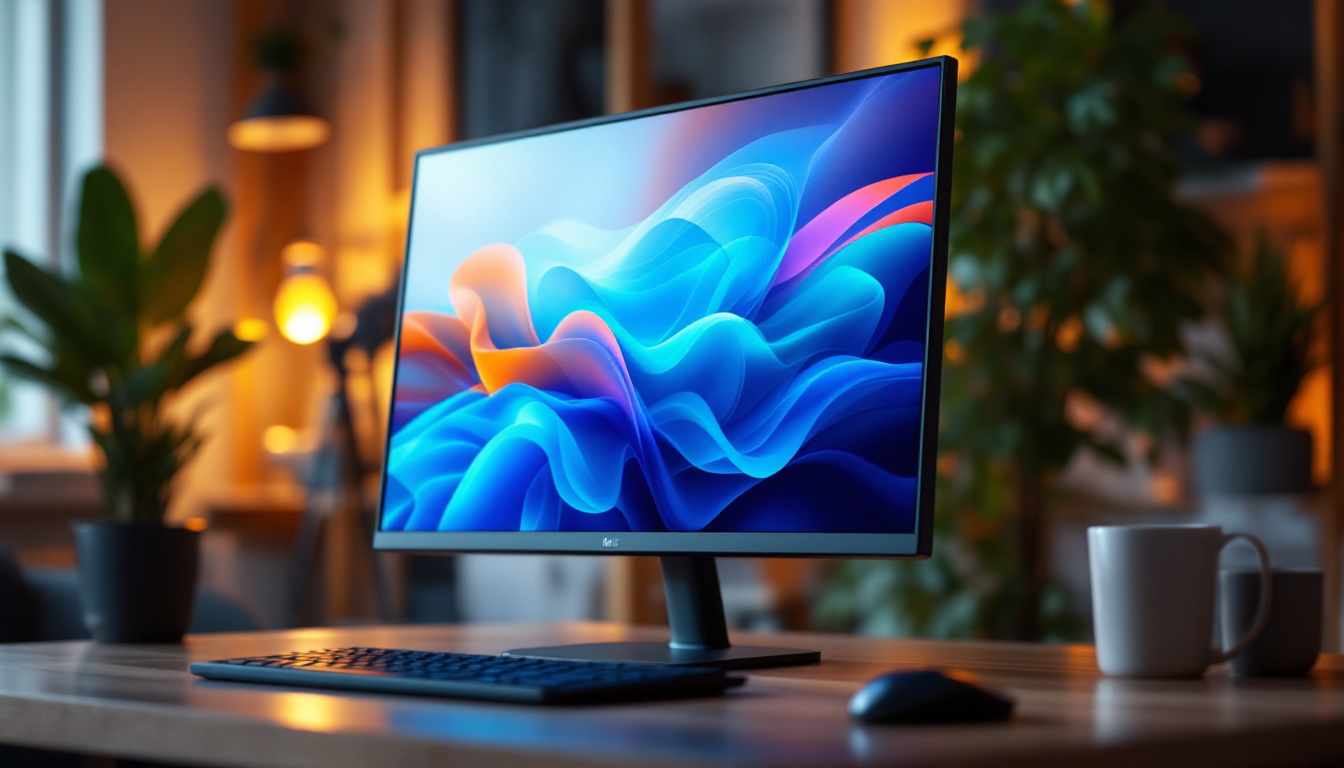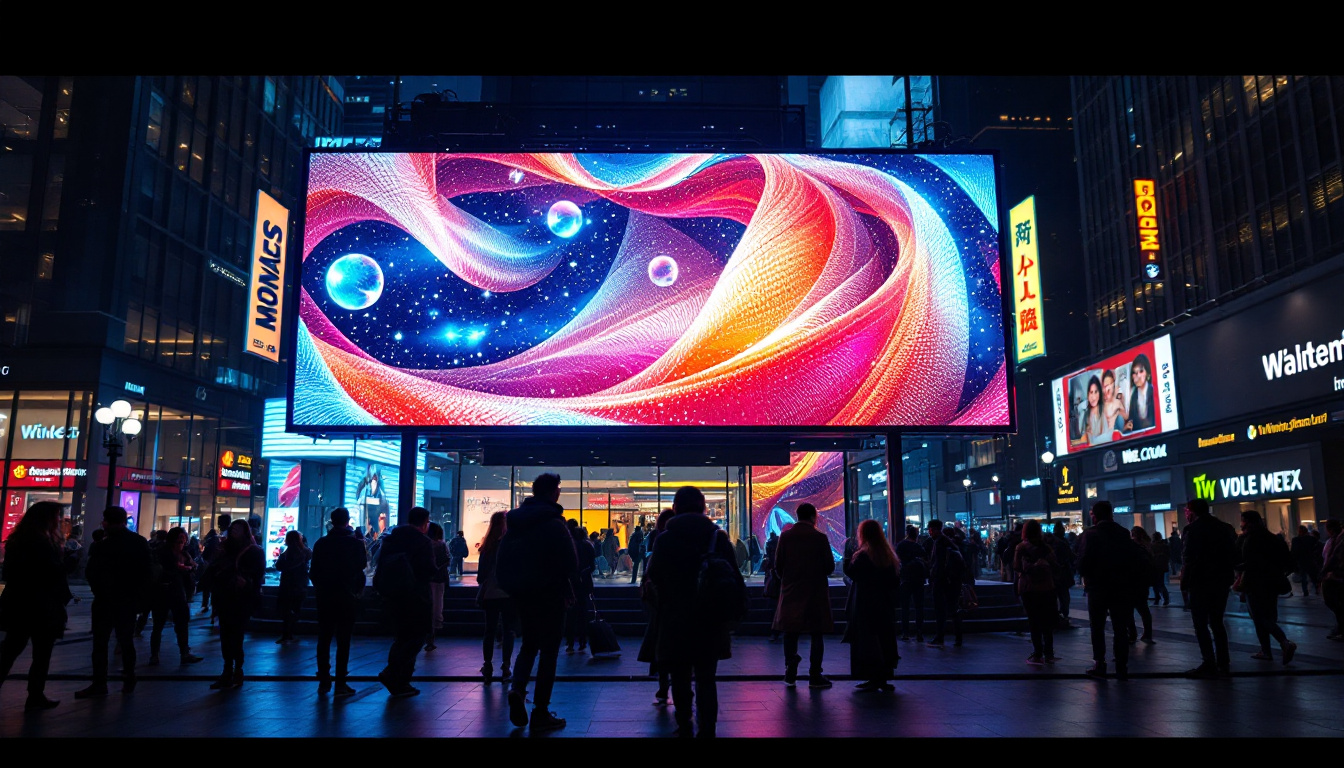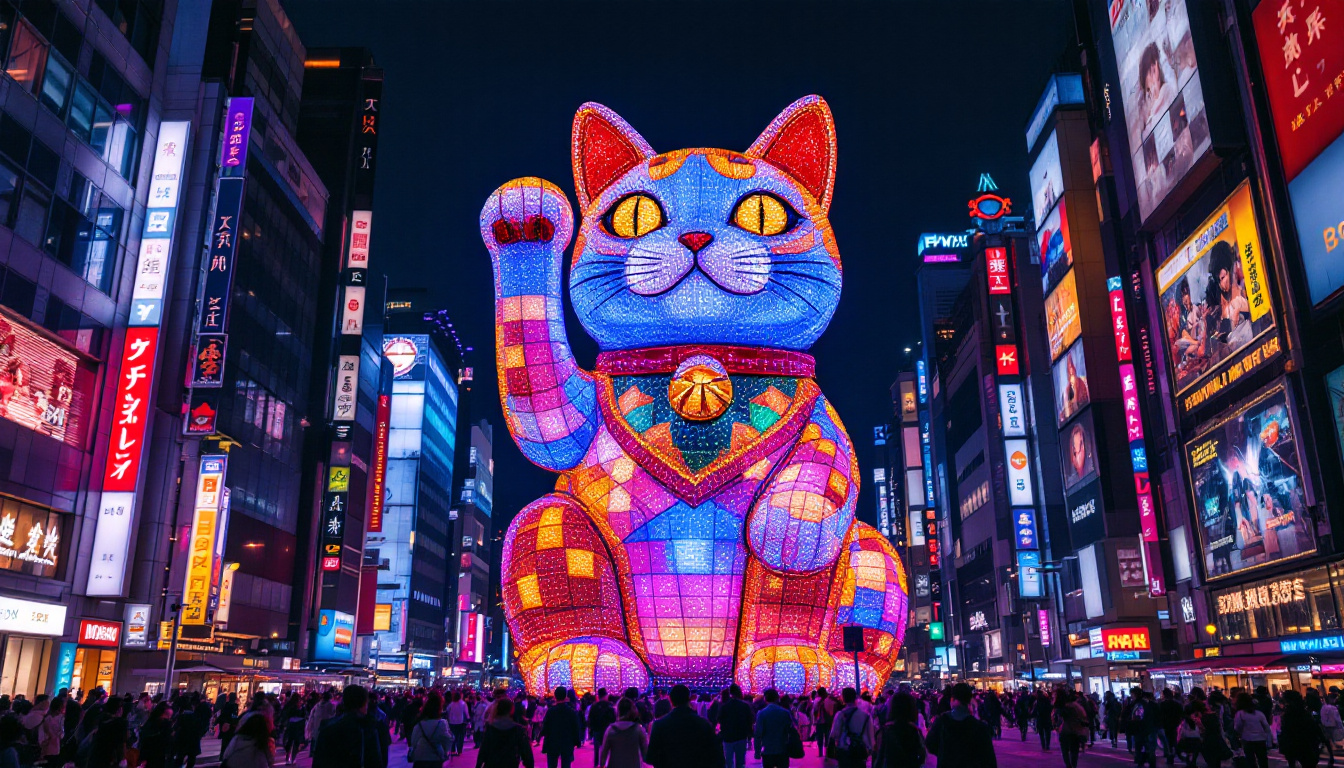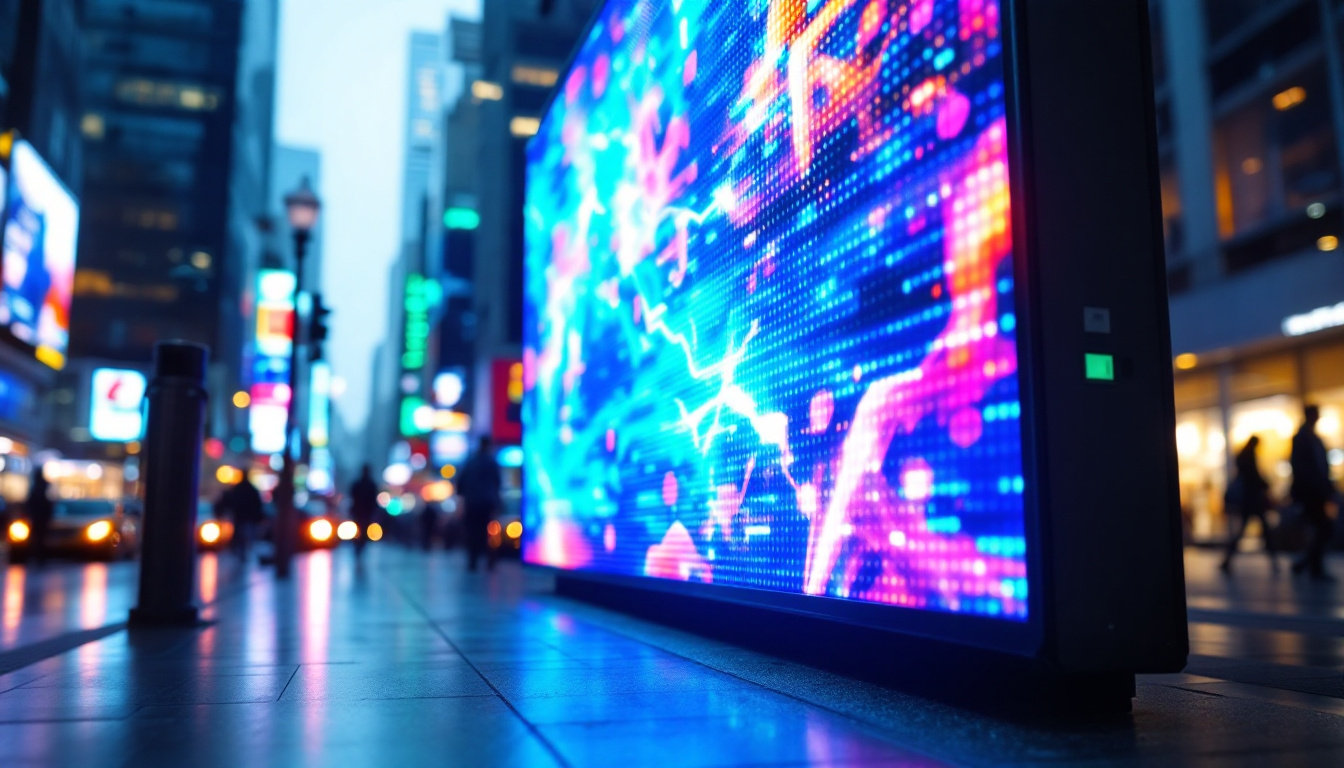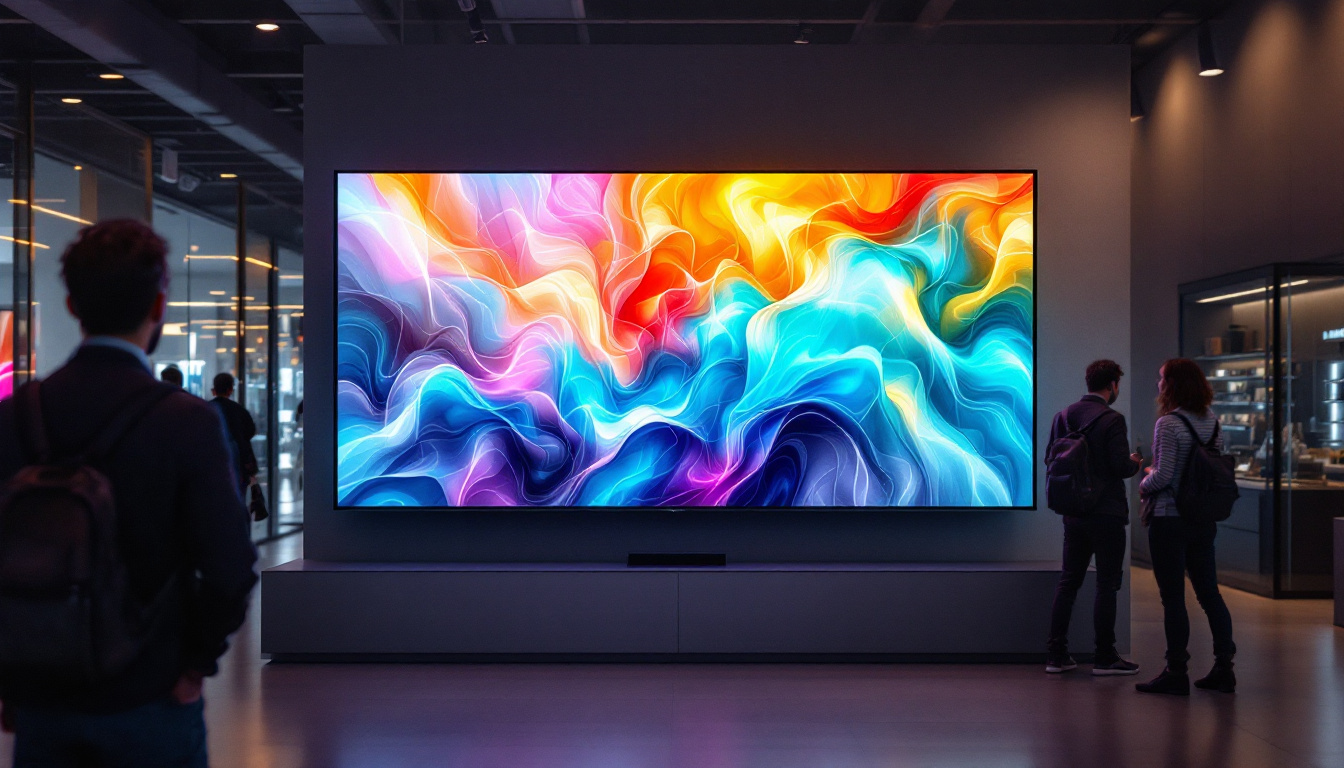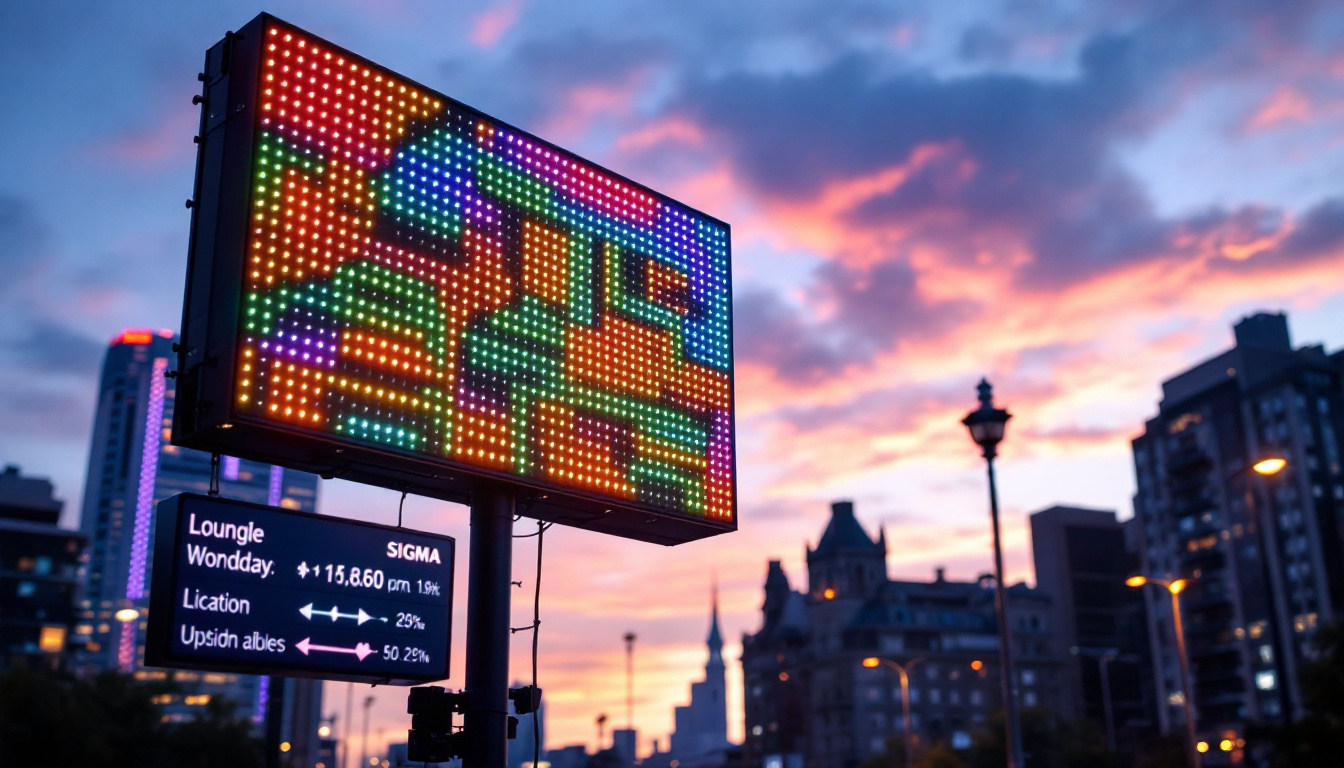In the modern world of technology, LED displays have revolutionized how information is presented and consumed. From advertising to entertainment, these displays offer vibrant colors and high-resolution images that captivate audiences. This article delves into the intricacies of screen room installation, particularly focusing on LED displays, their advantages, and the installation process.
Understanding LED Displays
LED displays utilize light-emitting diodes to create images and videos, making them highly efficient and versatile. Unlike traditional LCD displays, LED screens offer brighter images, better contrast ratios, and energy efficiency. These advantages make them ideal for both indoor and outdoor installations. The technology behind LED displays has evolved significantly over the years, allowing for even more innovative applications, such as flexible screens that can bend and conform to various shapes. This flexibility opens up new possibilities for creative advertising and artistic installations, enhancing the visual experience in public spaces.
Types of LED Displays
LED displays come in various types, each suited for different applications. The most common types include:
- Direct View LED: These displays are made up of individual LED modules that can be arranged in various configurations. They are commonly used for large outdoor billboards and stadium screens. Their modular design allows for easy maintenance and scalability, making them a popular choice for businesses looking to expand their advertising reach.
- LED Video Walls: Composed of multiple screens, video walls create a larger display area. They are often used in control rooms, conference centers, and retail environments. The seamless integration of these screens ensures that the content displayed is cohesive, providing an immersive experience for viewers, whether for presentations or dynamic advertisements.
- Transparent LED: These innovative displays allow visibility through the screen while displaying content. They are ideal for storefronts and exhibitions. By combining transparency with vibrant imagery, businesses can engage customers without obstructing their view of products, creating a unique shopping experience that draws attention and encourages interaction.
Benefits of LED Displays
The advantages of LED displays extend beyond mere aesthetics. Here are some key benefits:
- Energy Efficiency: LED technology consumes significantly less power compared to traditional displays, resulting in lower operational costs. This energy efficiency not only benefits the environment but also allows businesses to allocate resources to other areas, enhancing overall productivity.
- Longevity: LED displays have a longer lifespan, often lasting over 100,000 hours, which reduces the need for frequent replacements. This durability is particularly advantageous for businesses that rely on continuous operation, as it minimizes downtime and maintenance costs.
- High Brightness: LED displays maintain visibility even in direct sunlight, making them perfect for outdoor applications. Their ability to deliver clear, vibrant images in bright conditions ensures that advertisements and information are always legible, capturing the attention of passersby effectively.
Furthermore, LED displays are highly customizable, allowing businesses to tailor their content to specific audiences or events. This adaptability can be particularly beneficial for marketing campaigns that require quick changes in messaging or visuals. The integration of smart technology into LED displays also enables real-time updates and interactivity, enhancing viewer engagement. As technology continues to advance, the potential applications for LED displays will only expand, paving the way for even more innovative uses in various industries.
Preparing for Installation
Before embarking on the installation of an LED display, thorough preparation is essential. This phase involves assessing the location, determining the display size, and understanding the specific requirements of the project.
Site Assessment
The first step in preparing for installation is conducting a comprehensive site assessment. This involves evaluating the physical space where the LED display will be installed. Factors to consider include:
- Location: Determine whether the display will be installed indoors or outdoors, as this affects the type of LED technology needed.
- Viewing Distance: The distance from which viewers will observe the display influences the pixel pitch required for optimal image quality.
- Environmental Conditions: Outdoor displays must withstand weather elements, so assessing factors like wind, rain, and sunlight is crucial.
In addition to these factors, it is also important to evaluate the surrounding environment for potential obstructions that could hinder visibility, such as trees, buildings, or other structures. Accessibility for installation and maintenance should also be considered; ensuring that there is adequate space for technicians to work safely and efficiently is paramount. Furthermore, understanding the local regulations and zoning laws regarding signage can prevent potential legal issues down the line.
Choosing the Right Display
Once the site assessment is complete, the next step is to select the appropriate LED display. This decision should be based on several criteria:
- Pixel Pitch: A smaller pixel pitch provides higher resolution, making it suitable for close viewing distances.
- Brightness Level: The brightness of the display should match the ambient lighting conditions of the installation site.
- Content Type: Consider the type of content that will be displayed, as this can influence the choice of display technology.
Moreover, it is essential to consider the display’s longevity and energy efficiency, as these factors significantly impact operational costs over time. Selecting a display with a longer lifespan can reduce the frequency of replacements, while energy-efficient models can lead to substantial savings on electricity bills. Additionally, exploring options for modular displays can provide flexibility in both installation and future upgrades, allowing for scalability as needs evolve. Engaging with a reputable supplier can also offer insights into the latest advancements in LED technology, ensuring that your choice is both current and future-proof.
Installation Process
The installation of an LED display is a complex process that requires careful planning and execution. This section outlines the key steps involved in the installation process.
Mounting the Display
Mounting the LED display is one of the most critical steps in the installation process. The method of mounting will depend on the type of display and its intended use:
- Wall-Mounted Displays: These displays are typically secured to a wall using brackets or frames that can support the weight of the screen.
- Free-Standing Displays: For displays that are not mounted to a wall, sturdy bases or stands are required to ensure stability.
- Outdoor Installations: Additional considerations such as weatherproofing and securing the display against high winds are essential for outdoor installations.
Wiring and Connectivity
Once the display is mounted, the next step involves wiring and connectivity. This includes:
- Power Supply: Ensuring that the display is connected to a reliable power source is crucial for its operation.
- Data Connections: Establishing data connections between the display and the content management system is necessary for content delivery.
- Network Configuration: For displays that require internet connectivity, proper network setup is essential to enable remote management and updates.
Content Management
After the installation is complete, managing the content displayed on the LED screen becomes a priority. A robust content management system (CMS) is vital for this purpose.
Choosing a Content Management System
When selecting a CMS for an LED display, several factors should be considered:
- User-Friendliness: The CMS should be easy to navigate, allowing users to upload and schedule content without extensive training.
- Compatibility: Ensure that the CMS is compatible with the LED display technology being used.
- Remote Access: A CMS that allows for remote access enables users to manage content from anywhere, enhancing flexibility.
Creating Engaging Content
Content is king when it comes to LED displays. Engaging and visually appealing content can capture the attention of viewers and convey messages effectively. Consider the following tips for creating compelling content:
- Use High-Quality Images: Ensure that images are high resolution to maintain clarity on the display.
- Incorporate Motion: Animated content can draw more attention than static images.
- Keep it Simple: Avoid cluttering the screen with too much information; simplicity often leads to better retention.
Maintenance and Troubleshooting
Regular maintenance is crucial for ensuring the longevity and performance of LED displays. This section highlights key maintenance practices and troubleshooting tips.
Routine Maintenance
To keep an LED display in optimal condition, routine maintenance should be performed. This includes:
- Cleaning: Dust and debris can accumulate on the display surface, affecting visibility. Regular cleaning with appropriate materials is essential.
- Software Updates: Keeping the CMS and display firmware up to date ensures that the display operates smoothly and securely.
- Inspecting Connections: Regularly check power and data connections to ensure they are secure and functioning properly.
Troubleshooting Common Issues
Even with regular maintenance, issues may arise. Here are some common problems and their solutions:
- Display Flickering: This can be caused by loose connections or power supply issues. Check all connections and ensure the power supply is stable.
- Color Inconsistencies: If certain areas of the display show color discrepancies, it may indicate a malfunctioning LED module that needs replacement.
- No Signal: If the display is not receiving a signal, verify the data connections and ensure the CMS is functioning correctly.
Conclusion
Screen room installation with LED displays offers numerous advantages, from energy efficiency to vibrant visuals. Understanding the various types of LED displays, the installation process, and ongoing maintenance is crucial for maximizing their potential. By following the outlined steps and best practices, organizations can effectively leverage LED technology to enhance communication and engagement.
As the demand for high-quality visual displays continues to grow, investing in LED technology is a forward-thinking decision that can yield significant returns. Whether for advertising, information dissemination, or entertainment, LED displays are set to play a pivotal role in shaping the future of visual communication.
Discover LumenMatrix LED Display Solutions
Ready to elevate your screen room with the latest in LED display technology? LumenMatrix is at the forefront of creating immersive environments that captivate and engage. From dynamic Indoor LED Walls to expansive Outdoor LED Displays and specialized solutions like Vehicle LED Displays and LED Sports Displays, our offerings are designed to revolutionize visual communication. Embrace the future with our cutting-edge digital signage and LED display solutions. Check out LumenMatrix LED Display Solutions today and transform your space into a vibrant hub of information and entertainment.

